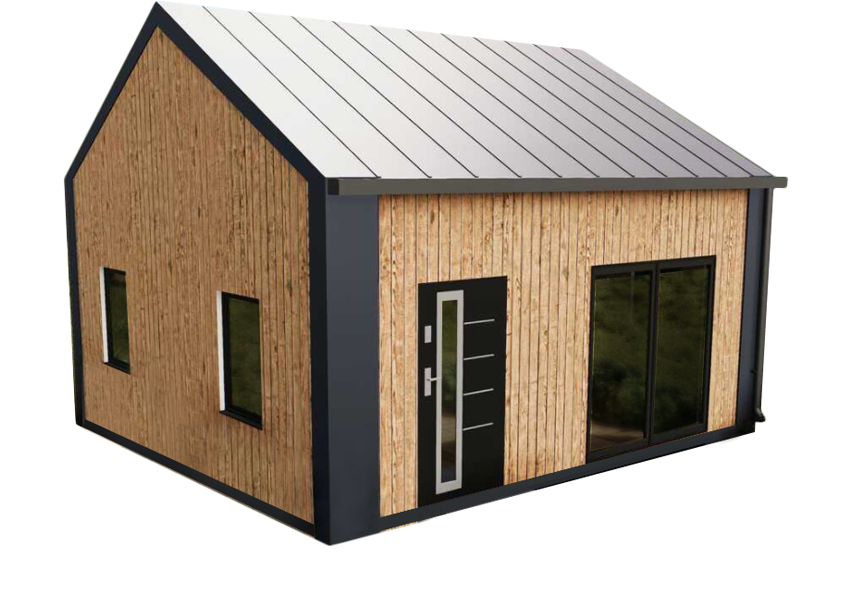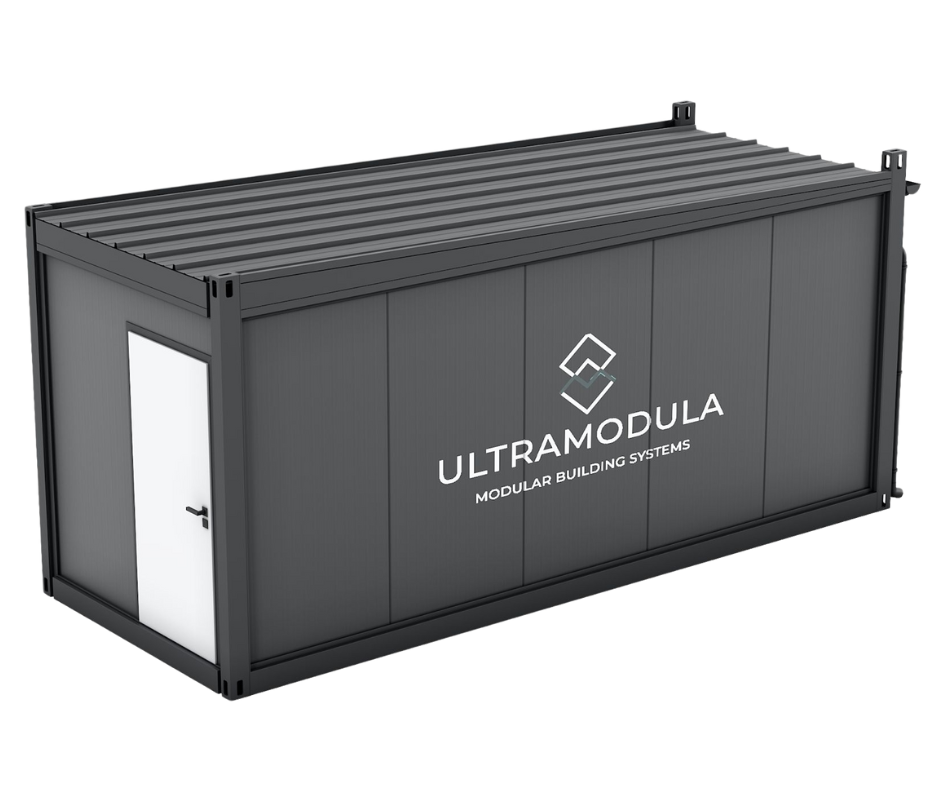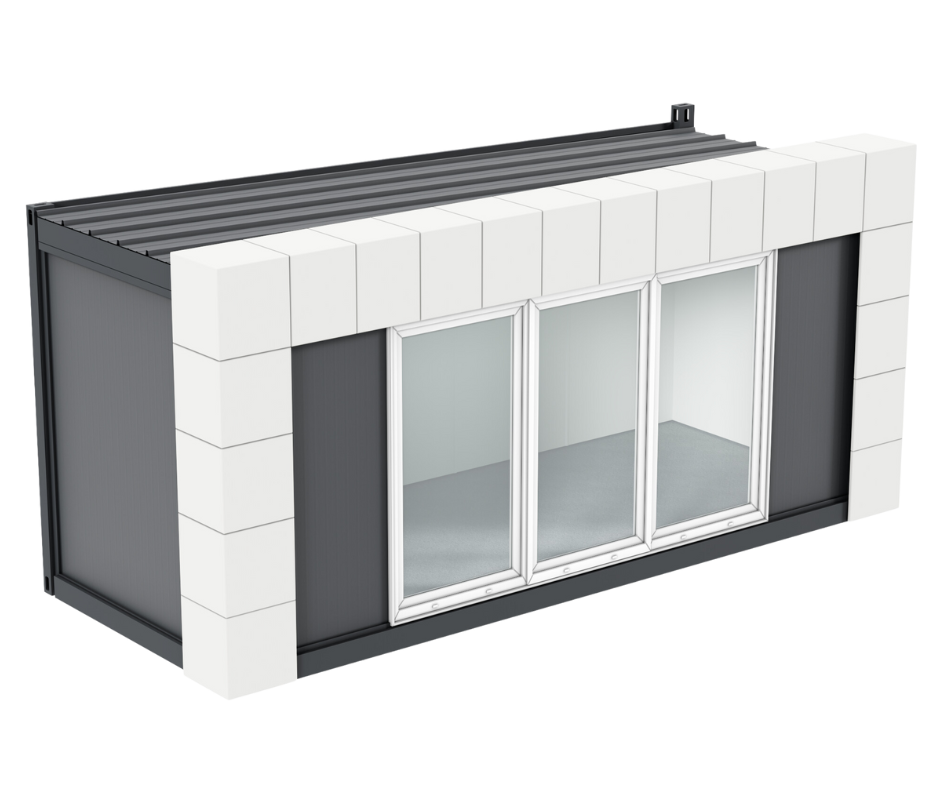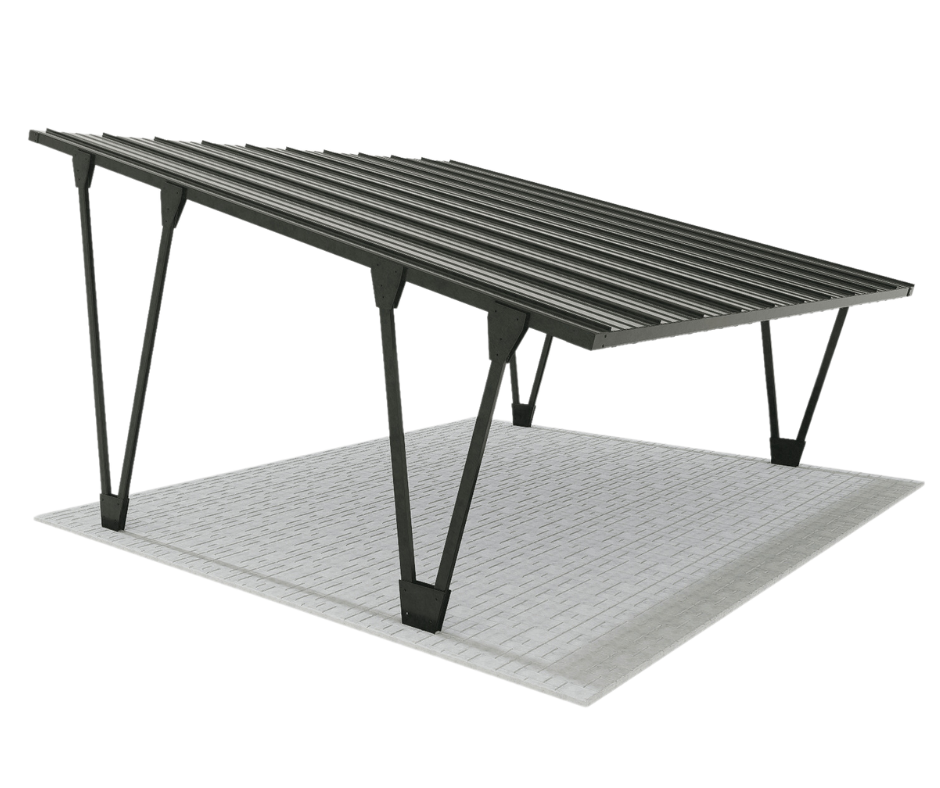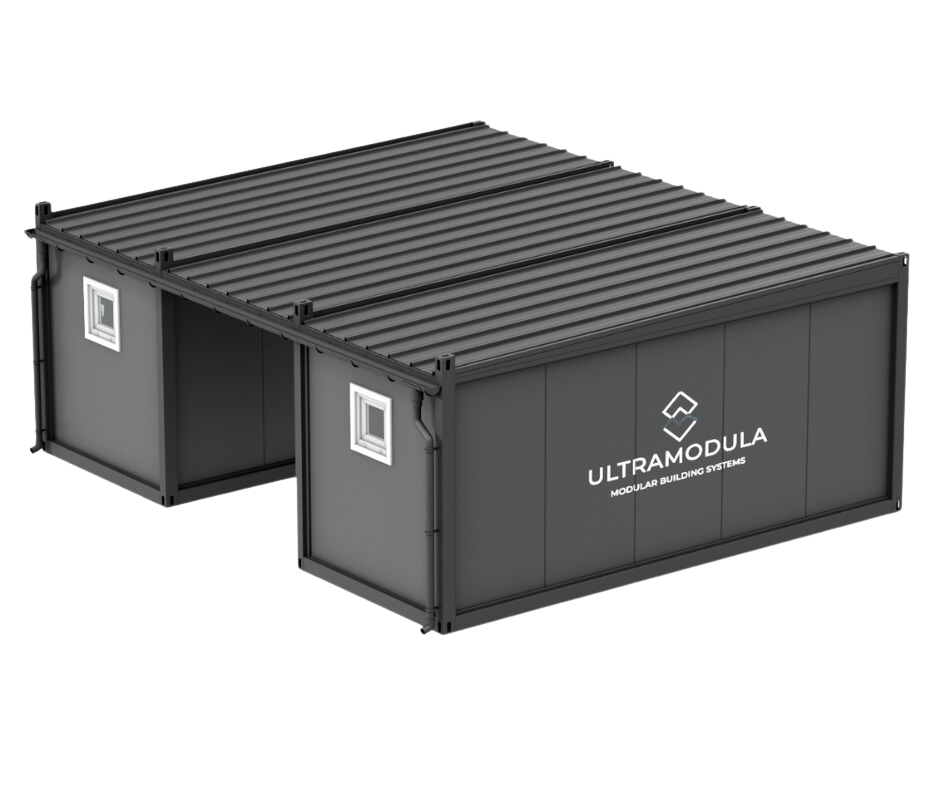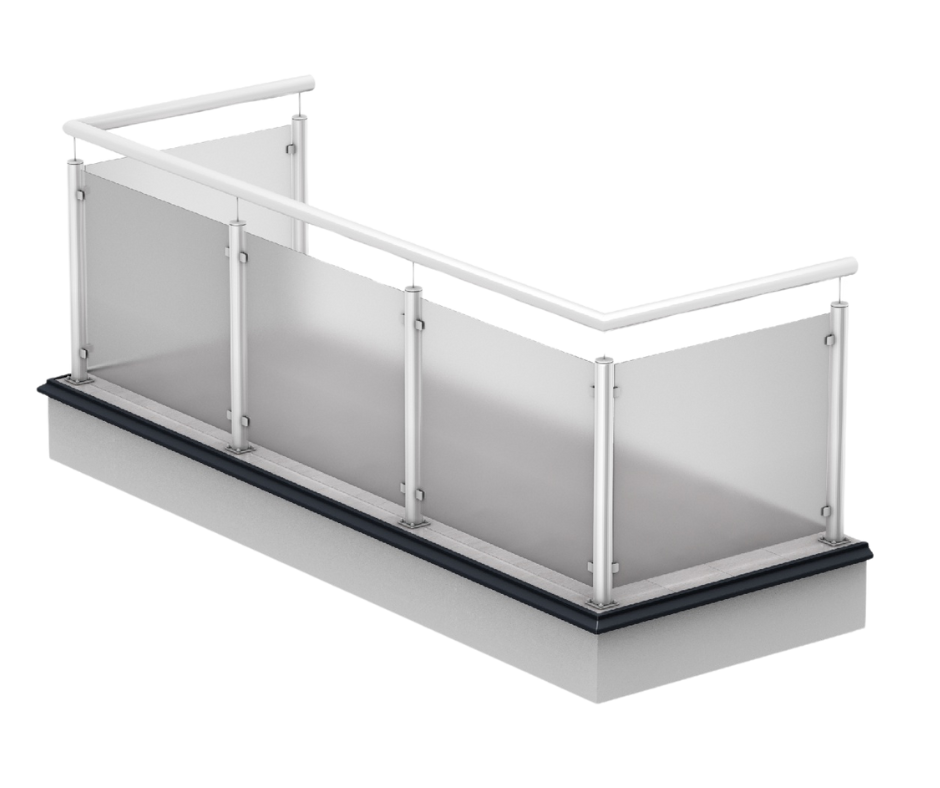
Containers locker rooms | Ultramodule
In today's dynamic world, the construction industry faces many new challenges, but also opportunities. In response to rapidly changing needs, buildings container, also known as buildings modular, are becoming more and more popular. They are an innovative solution that offers not only exceptional mobility, but also ease of adapting to various expectations. Of course, as with any new solution, there are some issues that require refinement, and one of the key aspects that needs to be addressed is ensuring appropriate thermal comfort conditions in these buildings. The topic of heating and cooling in buildings container is a complex issue, and there are various systems and technologies available on the market that enable maintaining optimal temperature in container facilities.
Heating and cooling requirements and challenges in container buildings
As container buildings become more popular, expectations regarding thermal comfort inside them also increase. In the past, these portable structures were perceived and used as transitional, temporary solutions where ensuring thermal comfort was not a priority. However, nowadays more and more people (and companies) use container buildings as permanent places of residence or offices, shops and other facilities, which makes stable temperature one of the key aspects of their design. The goal is not only to maintain a constant temperature inside building regardless of external conditions - users also expect heating and cooling systems that are energy-saving and environmentally friendly.
The steel structure requires appropriate insulation
The basic construction material of container buildings is steel. Although it provides strength and durability, it is also an excellent conductor of heat. This means that if the modules have not been properly thermally protected by the manufacturer, they may be exposed to significant temperature fluctuations inside. It is therefore necessary to properly protect the walls, roof and floor containerto prevent heat loss. Reputable manufacturers use mineral wool with a thickness of about 100 mm, combined with a vapor barrier foil. Please remember that one of the important elements influencing thermal comfort is the appropriate roof structure. As we know, most heat escapes from the top (I guess everyone remembers how, as a child, your grandmother told you to wear a hat, because the head is where you get the most cold). As in the case of walls, the roof should be insulated with mineral wool and foil. Correct insulation is crucial for the comfort of living in winter.
Little space
Container buildings are characterized by limited space, which poses another challenge in the context of heating and cooling systems. In small rooms, where every centimeter of usable space is extremely valuable, it is important to choose solutions that not only ensure optimal thermal comfort, but also do not take up too much space. In such cases, systems that can be mounted on walls or ceilings are a common choice.
Energy efficiency and ecology
Another, but no less important, challenge related to heating and cooling in container buildings is the pursuit of energy efficiency and ecology. Nowadays, care for the natural environment, and in particular minimizing energy consumption, is a priority in the design and everyday use of buildings, both residential and commercial. Therefore, heating and cooling systems in container facilities must be optimized for energy efficiency. Choosing environmentally friendly heating and cooling systems, especially those powered by renewable energy, can help reduce CO2 emissions.
Heating systems in container buildings
Choosing the right heating system depends on many factors, such as the location, purpose of the building, expected operating costs and energy efficiency requirements. Heating systems in container buildings must be carefully tailored to the specifications and needs of the users. Selecting the appropriate heat source and emitters is crucial to ensuring comfortable conditions of use of the facility.
Heat sources
One of the most popular sources of heat in container buildings is electricity. Electricity-based heating is easy to install, small in size and allows for precise temperature control. However, it is worth remembering that electric heating may generate relatively high operating costs, especially in the case of large buildings, and may be less ecological compared to some other energy sources. More and more often in facilities with containers renewable sources of electricity are used, such as photovoltaic panels and solar collectors. These solutions allow buildings to be heated with minimal impact on the environment and are particularly attractive in the context of sustainable construction.
Another solution is gas. Systems based on it, such as gas furnaces combined with radiators or underfloor heating, are popular due to their energy efficiency and lower operating costs than in the case of electricity.
Heat emitters
In addition to the heat source, it is also important to select appropriate heat emitters that will transfer heat to the rooms in the container building. The thermal comfort of rooms depends on them - if they are improperly selected, the interior may be either too cold or too hot. Here are some of the most popular solutions:
- radiators, which are available in many types and sizes, can be adjusted in power to a specific room;
- underfloor heating ensures even heat distribution throughout the room and does not take up any space, which is particularly useful in containers, where space is limited;
- electric underfloor heating mats, which, like traditional underfloor heating, heat evenly and do not take up valuable centimeters inside the container;
- HVAC (Heating, Ventilation, and Air Conditioning) air conditioners are a versatile solution and can also act as heat emitters (they are used for both heating and cooling).
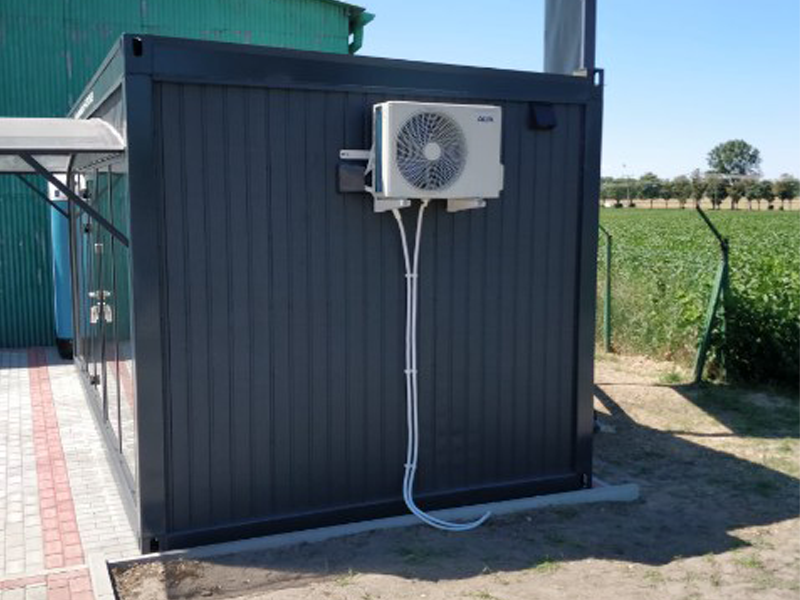
Pavilion | Ultramodule
Cooling systems in container buildings
The two key elements of cooling systems in container buildings are air conditioning and ventilation. Although these terms are sometimes used interchangeably in colloquial understanding, they differ in their basic functions and operating principles. Air conditioning is definitely a more advanced and versatile system. Its main goal is to maintain a constant temperature inside the container regardless of the weather conditions outside. The air conditioning process includes air circulation, filtering and lowering the temperature. Cooled air is introduced into the building, which ensures optimal thermal comfort for the people staying there. Ventilation, on the other hand, focuses mainly on the exchange of air between the interior and exterior. Its purpose is to provide fresh air and remove impurities and excess moisture.
With the dynamic development of construction container new cooling technologies for these facilities will also appear. One of them is highly energy-saving inverter air conditioning, which smoothly adjusts power and efficiency to the thermal conditions in the room. The air conditioner itself also runs smoothly, which translates into energy savings. In turn, for container buildings with diverse cooling needs, multi-zone cooling systems are increasingly being introduced, which allow for independent temperature control in different zones. This increases comfort and saves energy.
Heating and cooling control systems in container buildings
Intelligent control and monitoring of the operation of heating and cooling systems in container buildings not only provides comfort for users, but also significant energy savings. Reputable producers habitable containers, or service companies are increasingly equipping their structures with advanced energy management systems. These systems integrate various aspects such as heating, cooling, lighting, ventilation and more to optimize energy consumption and ensure maximum efficiency at the lowest possible cost. Process automation is also an important aspect. Thanks to intelligent sensors, control and monitoring systems, you can precisely set air conditioning and heating parameters so that they can be easily controlled depending on current weather conditions and the needs of users.
Well-selected heating and cooling systems and technologies
The market offers many different heating and cooling systems, from traditional solutions based on gas boilers and radiators to modern systems based on the technology of generating energy from renewable sources with effective underfloor heating. It is worth choosing those that are not only efficient, but also ecological and economical. Choosing the right heating and cooling system for container buildings depends on individual needs, budget and environmental protection provisions. As this industry develops and evolves, we can expect even more advanced solutions that will achieve even better comfort and energy efficiency.

